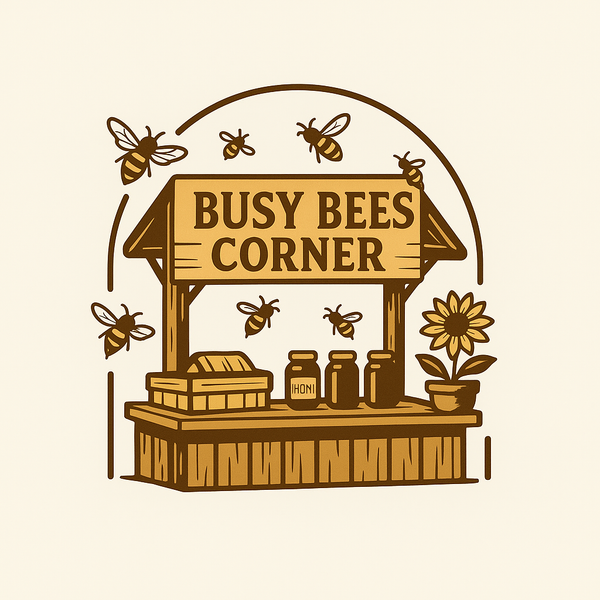
Lovevery: Play with Purpose: What Research Reveals About Early Learning
Share
The first five years of a child’s life are nothing short of miraculous—a season of rapid brain growth and heart-deep connection. By the age of five, a child’s brain has already reached about 90% of its adult size (Center on the Developing Child, Harvard University), meaning these early years are laying the foundation for everything that follows. As mothers, we hold a front-row seat to this incredible development. Every cuddle, conversation, bedtime story, and game of peekaboo is doing more than just filling time—it’s shaping our child’s mind and spirit. Through play, laughter, and even the small routines of daily life, we’re helping form the neural pathways that will one day guide their ability to learn, empathize, manage emotions, and build relationships.
These early years can feel exhausting and chaotic, but they’re also sacred. The moments spent stacking blocks, naming colors, singing songs, or comforting tears are not wasted; they’re investments in a child’s future confidence and curiosity. A mother’s presence—her tone, her words, her touch—literally helps wire the brain for love, trust, and resilience. When we realize that play is not just play, but powerful learning disguised as joy, we begin to see the everyday moments of motherhood as the holy work they truly are.
Why Play Is Essential for Brain Development
Play is more than entertainment; it is the primary way children learn. Research shows that play helps build executive function skills, including working memory, flexible thinking, and self-control (Bodrova & Leong, 2015). These are the same skills children will draw upon in school and beyond when solving problems, managing emotions, and collaborating with others.
The Role of the Right Tools
When children engage with toys that are designed for their developmental stage, the impact of play is even greater. For example:
-
Problem-solving and spatial awareness: A toy like The Block Set encourages experimentation with balance, gravity, and design—laying the groundwork for mathematical thinking.
-
Fine motor development: The Montessori Egg Cup helps babies around 12 months refine their hand-eye coordination, a key foundation for writing later on.
-
Cognitive growth through sequencing: The Pincer Puzzle supports pattern recognition and logic by encouraging toddlers to place pieces in the correct order.
These carefully designed playthings are not just toys; they are tools backed by child development research that help little brains practice essential skills.
The Parent’s Role: Connection and Guidance
While the right playthings matter, research emphasizes that how parents interact with children during play is equally important. Responsive, back-and-forth interactions—sometimes called “serve and return”—are proven to strengthen neural connections and build emotional security (Harvard University, 2016). When you hand a block back to your toddler or cheer them on as they complete a puzzle, you’re not only teaching persistence but also deepening your bond.
Everyday Play, Lifelong Impact
Small, everyday moments add up to big developmental wins. Whether your child is placing rings on The Stacking Toy or exploring textures in The Play Kits, these interactions are doing more than filling the time—they’re building a strong foundation for lifelong learning.
From The Looker Play Kit that engages your newborn’s developing vision, to The Explorer Play Kit that nurtures problem-solving and imaginative thinking in toddlers, every Lovevery product is thoughtfully created with research-backed purpose. The Block Set supports spatial reasoning, The Play Gym fosters sensory exploration, and The Storytelling Puppet Show sparks language and creativity. Each toy and activity is stage-based, meaning your child is always meeting just the right challenge at just the right time. With Lovevery, you can feel confident that every playtime moment is not only joyful but also scientifically designed to help your child’s brain grow strong.
References:
-
Center on the Developing Child at Harvard University. (2016). Serve and Return Interaction Shapes Brain Architecture.
-
Bodrova, E., & Leong, D. J. (2015). Tools of the Mind: The Vygotskian Approach to Early Childhood Education.


